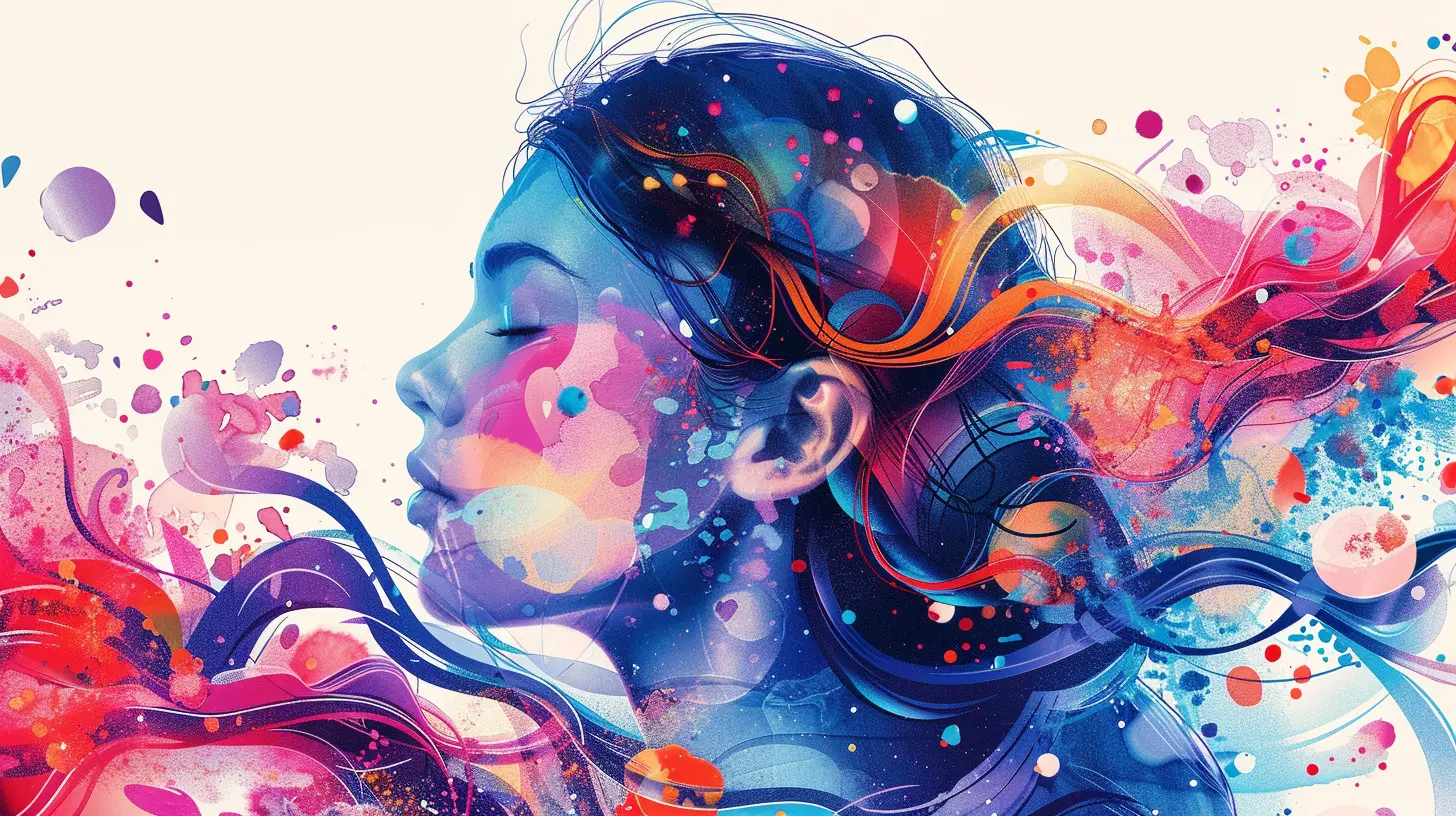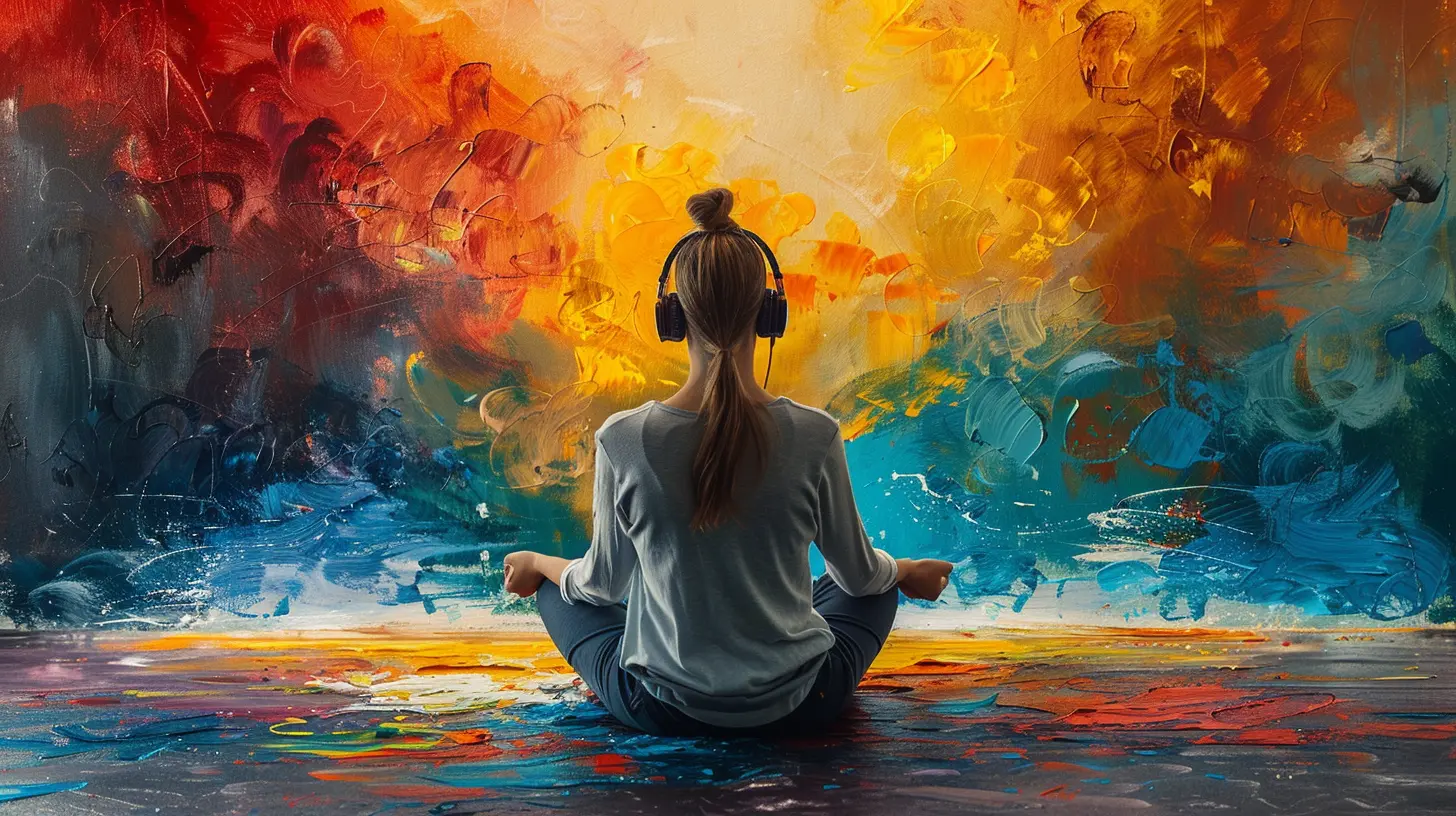Art and Music Therapy: Creative Ways to Reduce Stress
15 November 2025
Stress. We all face it. Whether it's a looming work deadline, relationship drama, or just the chaos of everyday life, stress can sneak up on us like an uninvited guest who overstays their welcome. And while we often look to traditional methods like exercise or meditation to manage it, there’s something beautifully underrated: art and music therapy.
Yep, grabbing a paintbrush or pressing play on your favorite tune might just be the therapy your mind and soul have been craving. Let’s dive into the colorful, harmonious world of creative healing and find out how art and music therapy can be powerful tools to reduce stress and boost emotional well-being.
What Is Art and Music Therapy?
Before we start painting masterpieces or creating playlists, let’s get the basics down.Art Therapy
Art therapy is more than just doodling in a sketchbook. It’s a structured form of therapy facilitated by a trained professional. Through painting, drawing, sculpting, and more, individuals express their emotions, work through trauma, and gain insights into their mental and emotional state.Music Therapy
On the flip side, music therapy involves using music—listening, composing, singing, or playing instruments—to address emotional, cognitive, and social needs. It’s not about being a musical genius; it’s about connecting with yourself through sound.
Why Does Creative Expression Work for Stress?
Ever feel lighter after belting out a song in the shower or scribbling on a notepad during a tough day? There's real science behind that.When we engage in creative activities, our brain releases dopamine—aka the feel-good chemical. These activities also activate parts of the brain involved in emotions, memory, and reward. That’s why creating something (even if it looks like a preschool art project) can make us feel calmer, happier, and more grounded.
Also, being creative is like giving your inner critic the day off. There’s no right or wrong—just expression. And that freedom? It's pure stress relief.
Benefits of Art Therapy for Stress Relief
1. Emotional Release Without Words
Let’s face it—talking about our feelings isn’t always easy. Sometimes, we don’t even know how to put them into words. Art lets you express emotions in color, form, and texture. It’s a silent but powerful language.2. It Grounds You in the Present
When you're immersed in creating, you enter a flow state. Think of it like a meditative zone where your mind quiets down and focuses completely on the task at hand. It’s mindfulness in motion.3. Boosts Self-Esteem
Finishing a piece of art, no matter how simple, gives you a sense of accomplishment. That little burst of pride? It helps lift your spirits and build self-worth.4. Visual Insight into Emotions
Sometimes your art reveals patterns or themes you weren’t even aware of. It’s like holding up a mirror to your subconscious. That insight can help you better understand and manage your feelings.
Easy Art Therapy Techniques To Try at Home
You don’t need to be Picasso. No fancy tools required—just a willingness to get a little messy and creative.- Mandala Coloring
Coloring mandalas is surprisingly therapeutic. The repetitive patterns and symmetry help calm the mind. You can find tons of printable mandalas online or in adult coloring books.- Mood Painting
Set a timer for 10 minutes. Pick colors that match your mood and paint however you feel. No judgment. Let your emotions guide the brush.- Collage for Clarity
Grab some old magazines and create a vision board or emotional collage. Cut and paste images and words that resonate with how you feel or what you want to feel. It’s like crafting your emotional map.- Doodle Journal
Draw a small sketch a day to represent your mood or thoughts. Over time, it becomes a visual journal of your mental health journey.Benefits of Music Therapy for Stress Relief
Music doesn’t just fill silence—it fills your soul. And when used intentionally, music therapy offers a suite of mental health benefits.1. Regulates Emotions
Ever cried to a sad song, only to feel a bit better afterward? Music taps into deep emotional places and helps process feelings that might be stuck on the inside.2. Reduces Cortisol Levels
Studies show that listening to relaxing music can actually reduce cortisol—the hormone responsible for stress. Less cortisol = more calm.3. Improves Sleep
Struggling to sleep? Gentle background music can ease anxiety and help your brain settle into rest mode. Say goodbye to counting sheep.4. Encourages Movement
Sometimes stress sits in our bodies. Moving to music—whether it's a full dance party or gentle swaying—shakes off that tension. Music is your body's excuse to move and release.Simple Music Therapy Practices You Can Start Today
You don’t need a recording studio to make music part of your wellness routine.- Create a Personal Playlist
Curate a playlist for different moods—calm, energized, comforted. Having these ready gives you instant access to emotional support on demand.- Humming or Singing
Yep, just humming to yourself activates the vagus nerve, which helps calm the nervous system. So go ahead and hum your favorite tune.- Instrumental Time
If you have a guitar, keyboard, or even a tambourine hidden in a closet, pull it out! Playing music, even casually, connects you to rhythm and self-expression.- Music and Meditation
Combine meditation with ambient sounds or calming music. It helps drown out mental noise and deepen relaxation.Combining Art and Music for Maximum Impact
Why choose one when you can have both? Art and music therapy can be integrated for a more immersive stress-relief experience.- Paint to Music
Choose a piece of music and let it guide your brush strokes. Fast tempo? Bold lines. Soft melody? Gentle swirls. This combo activates multiple parts of your brain at once.- Sound Collage with Visuals
Create a mood board while listening to songs that evoke the same emotion. Let music dictate your color choices and image selections.- Art Journaling + Song Lyrics
Pick a song that speaks to your current state of mind. Write out the lyrics and then illustrate how the song makes you feel. It’s expressive, reflective, and deeply personal.When to See a Professional Therapist
Self-guided creative expression is great, but sometimes it’s helpful to have a guide, especially when dealing with trauma, chronic stress, or mental health conditions. A trained art or music therapist can help you dive deeper, interpret your creative outputs, and structure sessions tailored to your needs.Look for licensed professionals with credentials from organizations like the American Art Therapy Association (AATA) or the American Music Therapy Association (AMTA).
Final Thoughts: You Don't Have to Be an Artist or Musician
Let’s bust a myth right now—you don’t need to be “good” at art or music to benefit from them. This isn’t about talent; it’s about expression. It's giving your mind a canvas and your soul a melody.Stress might be an inevitable part of life, but how we handle it is within our power. So the next time life feels too noisy or overwhelming, grab a paintbrush or turn up the volume. Let creativity be your therapy.
You might be surprised how healing a little color and a few chords can be.
all images in this post were generated using AI tools
Category:
Stress ManagementAuthor:

Eliana Burton
Discussion
rate this article
1 comments
Samantha Russell
What a delightful read! Art and music therapy truly open doors to creativity and healing. It's incredible how these vibrant forms of expression can uplift spirits and melt away stress. Let’s embrace the joy! 🎨🎶
November 15, 2025 at 4:57 AM


